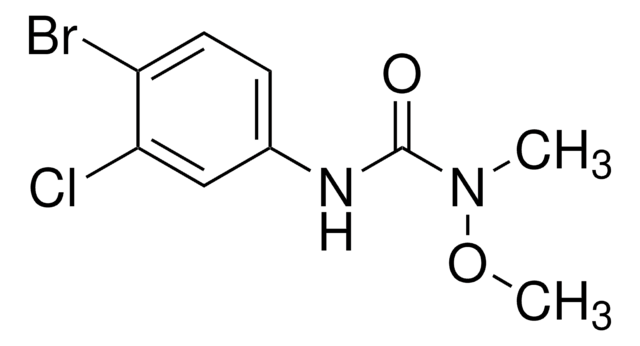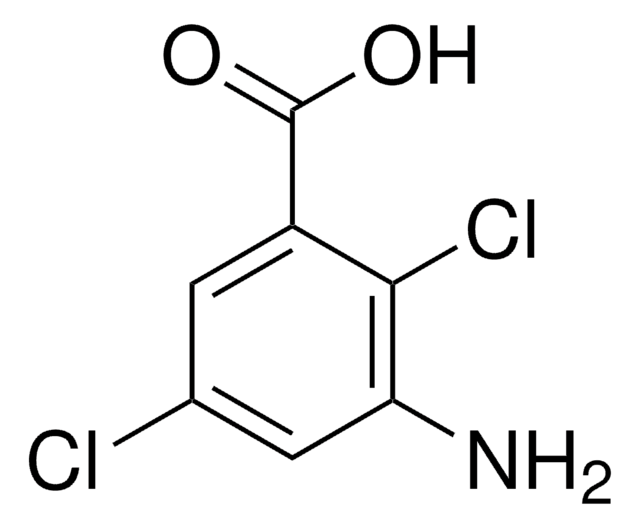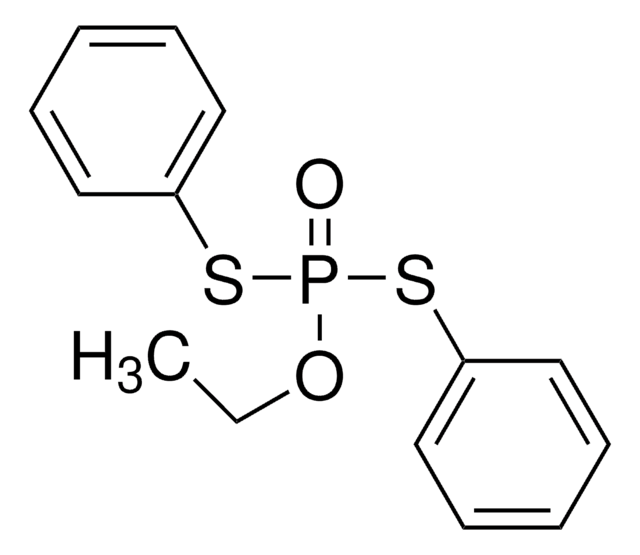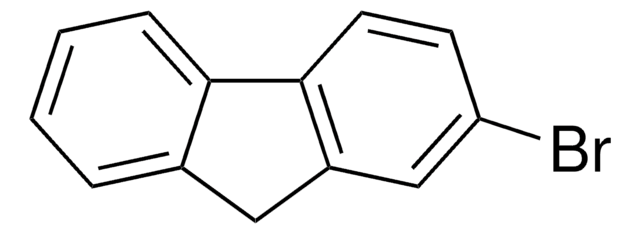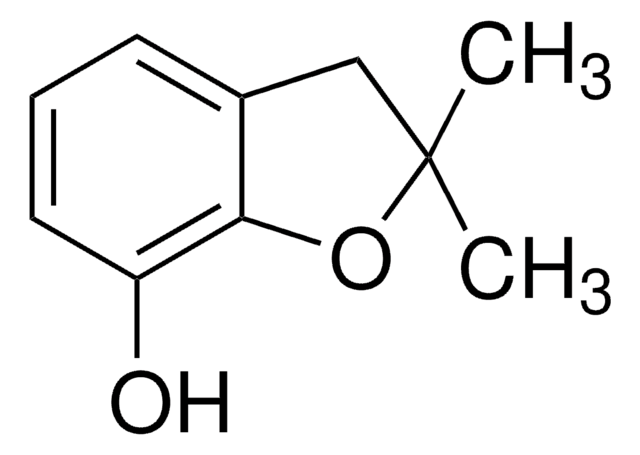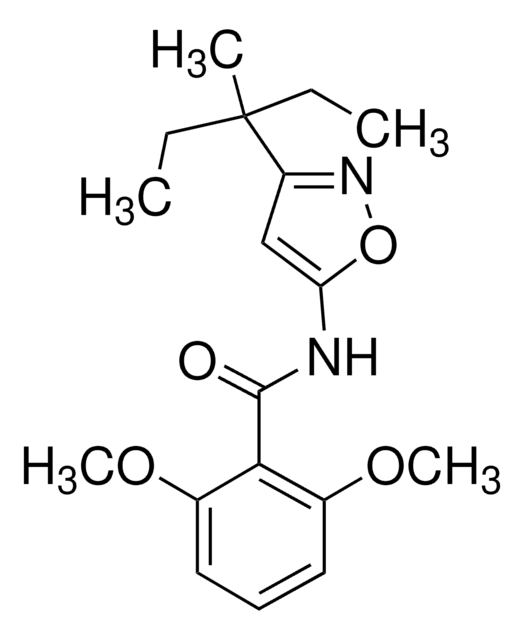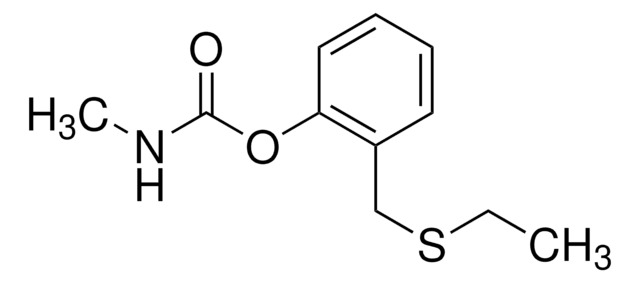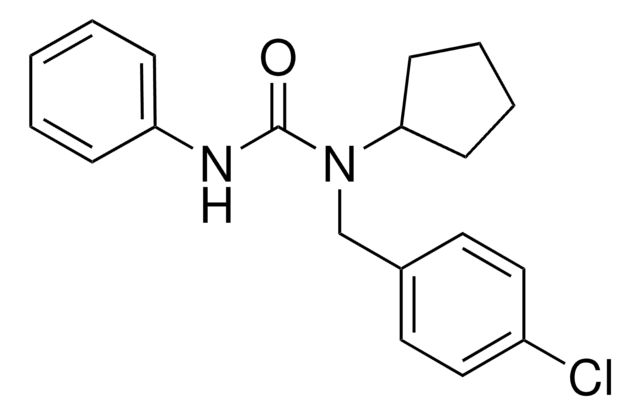CRM06772
Chlorobromouron
certified reference material, TraceCERT®, Manufactured by: Sigma-Aldrich Production GmbH, Switzerland
Synonym(s):
Chlorbromuron
About This Item
Recommended Products
grade
certified reference material
TraceCERT®
Quality Level
product line
TraceCERT®
shelf life
limited shelf life, expiry date on the label
manufacturer/tradename
Manufactured by: Sigma-Aldrich Production GmbH, Switzerland
storage temp.
2-8°C
SMILES string
CON(C)C(=O)Nc1ccc(Br)c(Cl)c1
InChI
1S/C9H10BrClN2O2/c1-13(15-2)9(14)12-6-3-4-7(10)8(11)5-6/h3-5H,1-2H3,(H,12,14)
InChI key
NLYNUTMZTCLNOO-UHFFFAOYSA-N
Looking for similar products? Visit Product Comparison Guide
Related Categories
General description
Certified content by quantitative NMR incl. uncertainty and expiry date are given on the certificate.
Download your certificate at: http://www.sigma-aldrich.com
Chlorbromouron is an obsolete systemic phenylurea herbicide used for pre- and post- emergence control of annual grasses (e.g. foxtail) and broad leafed weeds (e.g. chickweed) on a variety of crops. It inhibits photosynthesis by interfering with the electron transfer in photosystem II. As per the commission regulation no 1107/2009, repealing the council directive 91/414/EEC, chlorobromouron is not approved for use in the European Union. A default maximum residue limit (MRL) of 0.01 mg/kg is set for chlorbromuron as per regulation (EC) no. 396/2005.
Application
Chlorobromouron CRM can also be used as below:
- Method development for the quantification of 25 polar pesticides in fruit, vegetable, and water samples using high-performance liquid chromatography(HPLC)
- Separation and determination of 12 substituted phenylurea herbicides by HPLC in the study to assess the leaching of the herbicides in two agricultural soil samples
- Development of an HPLC method with diode array detection following dispersive liquid-liquid microextraction to determine 11 phenylurea herbicides in natural waters
- Investigation of 1,6-hexanediol ethoxylate diacrylate (HEDA)-based polymeric monoliths as a sorbent for the extraction of phenylurea herbicides from water samples
- Multi-residue analysis of 250 pesticides in surface water samples using liquid chromatography- quadrupole-Orbitrap high resolution tandem mass spectrometry
Legal Information
Signal Word
Warning
Hazard Statements
Precautionary Statements
Hazard Classifications
Acute Tox. 4 Inhalation - Aquatic Chronic 2 - Eye Irrit. 2 - Skin Irrit. 2
Storage Class Code
11 - Combustible Solids
WGK
WGK 2
Flash Point(F)
Not applicable
Flash Point(C)
Not applicable
Choose from one of the most recent versions:
Certificates of Analysis (COA)
Don't see the Right Version?
If you require a particular version, you can look up a specific certificate by the Lot or Batch number.
Already Own This Product?
Find documentation for the products that you have recently purchased in the Document Library.
Our team of scientists has experience in all areas of research including Life Science, Material Science, Chemical Synthesis, Chromatography, Analytical and many others.
Contact Technical Service